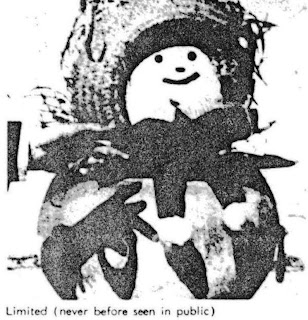 |
| Go-Set: 5 January 1974 Cover |
|
By January 1974, the face of popular music had changed quite significantly. Pop and rock still existed, and while was being dominated by Glam, rock was being dominated by blues boogie.
The first cover of 1974, featured 12 covers from 1973. The artists being featured represented a wide cross section of the international music industry.
In order of appearance on this cover
1. Australian May Join Zappa (US) (14July73)
2. Now Tull Quit (UK) (8Sep73)
3. Sherbet's Daryl (AUS) (16Dec73)
4. Aztec Energy Rising (AUS) (30June73)
5. Glittermania (UK) (10Nov73)
6. Aztecs First To Rock Opera House (AUS) (29Sept73)
7. Cassidy Signs For Australian Tour (US) (27Oct73)
8. Jackson 5 Mania! (US) (7July73)
9. Kinks' Ray Davies Quits Too! (UK) (4Aug73)
10. Slade Storm England (UK) (28July73)
11. Brian Cadd Considering Four American Tours (AUS) (15Sept73)
12. Cadd-Hewett 'No' To Opera House (AUS) (1Sept73)
By 1974, many things had changed in the Go-Set publication format, from the owners, to the sources of information. From the percentage of Australian content, to the authors of the content.
Retrospectively Go-Set had changed because its readers had grown up, the world had changed as had the media companies that owned the popular music press.
Significantly, in 1974, Go-Set was owned by the UK media giant IPC, and it had competition from other magazines, but more specifically Dolly for the teenage market it was originally aimed at. However, historically, Go-Set was now targeting the market that was now predominately University students, and more largely male in gender.

















































